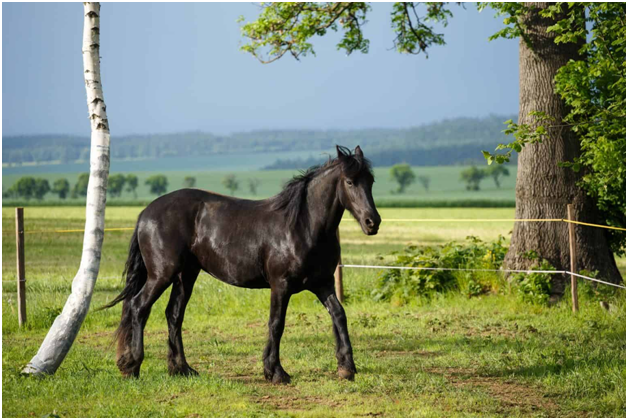
Frisian horses are a relatively rare breed. Although considered to be fairly popular dressage and carriage horse, there are currently less than 1,000 Friesian horses registered in North America, according to some estimates.
The Friesians horses are incredibly versatile and willing, but big in size, they are prevailing for their beauty and elegant attitude with high-stepping gait. They are ideally suited for using them as harnesses, creating a powerful, agile, and flashy driving team.
Due to its strength, movement, and body control, they become increasingly recognized as dressage horses. They are all around majestic horses and are effervescent.
In the film and entertainment industry, Friesians have also become popular. This owes a great deal of its success to Stallion Othello, which appeared in the film Ladyhawke in 1985. The Friesian horses have also been filmed with Eragon, The Zorro Mask and 300.
The breed has a magnificent overall specification. Friesians have long, elegant, arched necks and fine, short-eared (Spanish-type) heads. The sloping shoulders are pretty powerful.
They have compact muscular bodies with strong sloping hindquarters and a beautiful low tail. Their limbs are relatively short and strong. Like fashion models, Friesians have a good bone structure and stunning exuberant hair.
Friesian Horse History
Friesian horse's history is very elongated. The Friesian horse is a horse breed from Friesland, the province of the Netherlands. Although originally bred as a draft horse, the breed is graceful and agile in size, and later developed into a finer-boned nobleman's steed.

During the Middle Ages, Friesian horses were in great demand as destriers throughout Europe, because their size allowed them to carry full knight armor. After a few close calls for the extinction of the breed, the impressive Friesian horse is now growing in number and popularity, proving to be outstanding both in dressage and driving.
The Friesian horse is coming down from the Equus robustus. Arab blood was introduced in the 16th and 17th centuries, but probably also earlier, especially through Andalusian horses from Spain.
This gave them a high knee-action, a small head, and a craning neck. The Friesian horse is considered warm-blooded because of its temperament. The Friesian horse was kept free from the influence of the English Thoroughbred. It has been purebred in the last two centuries. Breeding horses and dealing with them was very important to the Friesians.
A lot of horse breeding was done by the monks in the many monasteries in Friesland before the Reformation. Throughout the centuries, the Friesian Government has put in place a number of regulations to safeguard good breeding. The Dutch Horse Law of 1939 (modified) now lays down rules for studbooks and breeding.
An excellent trotter, the Friesian was used for short distance racing in the Netherlands, the winners being silver or golden whips. Nowadays, in Friesland, there are many events in the carriage, and often “sjees”, the Friesian shape of the chair, are seen.
This unique two-wheeled cart can be worn by one or two horses, and a gentleman and a lady dressed in the traditional costumes of the 1880s are on board.
The “sjees” is one of the few carriages in which the driver sits on the left; his lady occupies the right side, the place of honor. Four-in-hand carriages are common and as many as ten-in-hand carriages can be seen in front of light carriages.
Once used in medieval times to carry knights to war, they were originally developed as a breed in the northern regions of the Netherlands in the province of Friesland.
This makes them one of the oldest domestic breeds still highly sought after today by the owners. In recent years the breed has attracted a great deal of acclaim and its future seems assured.
The Friesian is used for light agricultural work. It is traditionally used as a harness for quaint Friesian gigs. Friesian is also found in circuses and driving competitions.
Friesian Horse Characteristics
One of the outstanding Friesian horse characteristics is that they are always black. White markings are not allowed on the body or legs.
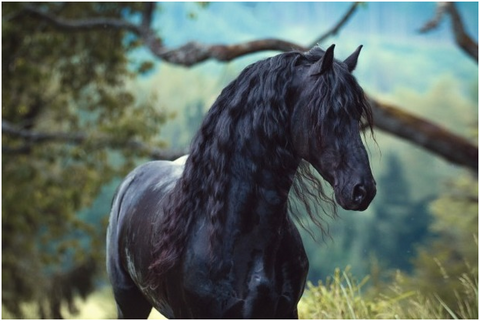
They have a long, thick, flowing mane and tail and pronounced fetlock hair and luxurious mane, tail, and 'feathers'. Under no circumstance is it permissible to dock the tail of a Friesian and, in fact, trimming of any hair from mane, tail or legs is frowned upon.
- The average Friesian horse height is about 15.3 hands (1.60 m), although it may vary from 14.2 to 17 hands (between 1.5 m and 1.7 m) tall withers, and the mares must be at least 15.2 hands (1.57 m) tall to qualify for their special 'star-designation' pedigree.
- It has a spectacular trot, both fast and high-stepping.
- The Friesian is very willing, active, energetic, but gentle and docile.
- A Friesian tends to have a great presence and proudly carry itself.
- The head high with an arching neck is attractive Friesian horse characteristics. The animated gait is natural.
- Selective breeding is used to achieve active hock action and high, extended-from-leg action.
- The body is strong and deep with a sloping shoulder. The rear quarters are sloping with a somewhat low-set tail.
- Registered Friesian stallions must be at least 15.3 hands by the age of four and mares must be at least 14.3 hands.
- The mares average about 1300 lbs., more for males.
Although extremely rare, Friesian horses are sometimes chestnut, they cannot be registered. One of the examples of a Friesian chestnut is "Fire Magic".
Type of Friesians Horse
There are two major distinctive types of purebred Friesians: sport (Classical) and baroque. As said by some breeders, there is also another kind – modern Friesian. It’s the third and newer type.

- Baroque type: The Baroque type is what comes to mind when people think of a Friesian. The strong bone structure through the legs covered in ample body mass to cover the bones. Baroque buildings usually appear to have a shorter leg length to body height ratio and appear to have a longer body length compared to height. Almost giving the body the appearance of a rectangle on its side.
- Classical type: The Classical type, like baroque, has curved lines and ample body density, but the ratio of body to leg seems to be equal to or appearing like a square. Their bones are not as thick as a baroque horse, but they have ample structural sound. Stallions will still have a developed crest, but the barrel and the hip area will be leaner than the baroque horse.
- Modern Friesian: The Modern Friesian is considerably leaner throughout the frame. They have lighter bone mass and a leaner body mass. They tend to appear longer in the leg than the length of the body giving them an upright, rectangular appearance. The Modern Friesian type is also referred to as the spot type.
Most prominent and Famous Friesian Horse Stallions
- Fabe 348
- Fetse 349
- Monte 378
- Olrik 383
- Jasper 366
- Sape 381
- Maiko 373
- Olrik 383
- Onne 376
Gender of Friesian Horse
In the case of experienced breeders and true Friesian enthusiasts, the stallion is particularly important within the breed. It is often paid a higher price than either a gelding or a mare.
What Do Friesian Horse Eats?
Wondering about the Friesian horse diet! The Friesian horse is advised to eat a good quality of grass hay following the general horse feeding rule of thumb for an average horse in minimal work.
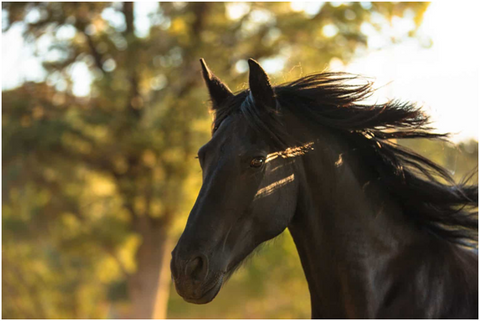
A Friesian horse 's energy can be boosted by using small feedings of mixed grains with some trace minerals or blocks of salt with sufficient water which is to be included in the Friesian horse diet. Take an eye of the weight, not the physical body as deceiving, so remember to not underfeed them.
Interesting Facts About Friesian Horse
1. Friesian horses are named after their originating province.
Friesland is the place from where the Friesian horse originates. Situated along the North Sea, it’s a northern province in The Netherlands. It is mostly known for its agricultural activities. Less than 4% of the population of The Netherlands calls this province their home.
2. Friesian horses are often black
Most of the beautiful images of Friesian horses are as a pure black horse. This is because other coat colors of Friesian horses were not able to be registered. In some rare cases, you may find chestnut Friesians. Chestnut coats are also available with this horse breed and no stallions with this coloration are allowed to register.
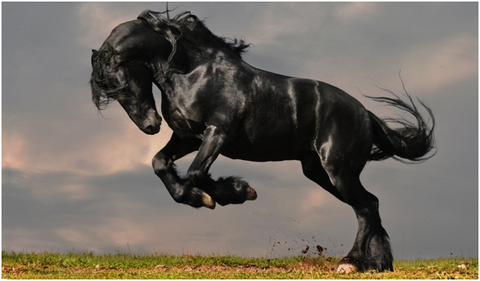
Some geldings and mares are given exceptions to this rule if all other conformation aspects are of superior quality. The Friesian Stallion Stud Book also DNA tests all stallions for the chestnut gene (any stallions carrying that gene are not able to be registered) so chestnut Friesians have become increasingly uncommon nowadays. Chestnut Friesians are often referred to as "Fire Friesians" and can still be registered through Friesian Heritage.
3. On a Friesian horse, only one white mark is permitted.
Of the Friesian breeds, pure black is usually preferred, but horses with unnecessary white markings are not registered in most Friesian registers. Most of the white markings in registries are evidence that the horse is not a pure Friesian. A small white star on the forehead is the only marking that registered Friesians can get.
Only a small star in the forehead will be permitted by most official registers of this horse breed. Any other white markings are considered to be evidence that the horse is not a purebred, which will cause it to not be accepted as breeding stock.
4. Friesian horses can be quite tall.
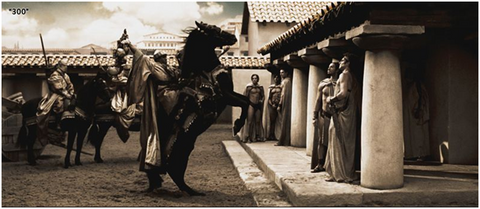
The average Friesian horse height will stand at 15.3 hands. Some stallions have been known to be greater than 17 hands. In fact, some mares are known to be just 14.2 hands in height. To be named "star pedigree" for a Friesian horse, it must stand at a minimum of 15.2 hands. Judges will also evaluate to determine if the star pedigree designation is deserved by the horse for power, the bone structure, and body type.
5.Friesian horses have feathers.
They have dark black coats, heavy manes, and thickly feathered fetlocks. The Friesian is one of the few purebred horses that is not a warm-blooded horse, not a horse-drawn horse, and not a lighter breed that has feathers. Feathering refers to the long hair around the horse's hooves. Traditionally, they are kept untrimmed in this breed. This means that the horse may be at higher risk of skin problems under the feathers, such as rain rot, depending on the conditions in which the horse lives.
6. Friesian horses are known to be affected by 4 genetic disorders.
Approximately one-quarter of 1% of Friesian horses are affected by dwarfism, which results in a horse with a broader chest, a normal head and very short limbs. Hydrocephalus, which causes cerebrospinal fluid to build up in the brain, is also known to affect the breed. Testing is available for both conditions.
Friesian horses are also at higher risk of aortic rupture and the development of an enlarged esophagus.
- Dwarfism: Avoids delays in the growth of the limbs, which makes them as low as 25% short as normal.
- Hydrocephalus: Cerebrospinal fluid accumulation within the brain.
- Megaesophagus: The loss of natural muscles and the ability to contract causes breathing and swallowing problems. Chronic illness affects the esophagus.
- Aortic artery rupture: This occurs when, without warning, the main heart vessel bursts, resulting in almost instant death.
7. Exceptionally high friesian horse price range
Due to their scarcity and strict breeding standards, friesian horse price range are expensive. The registered Friesian used in the breeding program may receive a variety of high prices, which may increase by 10-20% depending on the status of their training. The median cost of a well-bred, well-trained Friesian is around $25,000. The friesian horse price range are:
|
$7,000 – $12,000
|
|
$9,000 – $19,000
|
|
$17,000 – $30,000
|
|
$18,000 – $40,000
|
|
$14,000 – $23,000
|
|
$40,000 – $100,000
|
|
$200,000 – $600,000
|
8. Alluring Appearances in many popular movies with Fresian Horse.
Many war movies, like 300 or Alexander, featured this horse breed. Fantasy movies like The Chronicles of Narnia and Eragon have done just as well. If you watched the modern adaptation of The Zorro Mask, you also saw a Friesian horse.
The camera likes this breed because of its impressive look, its ability to move in a direction, and the calm nature of its personality.
These Friesian horse facts show that any breed has a chance to thrive if it is given half a chance. It's dark elegance captures the eye, while its calm disposition makes it the perfect horse for recreational or competitive activities. As time passes, the influence of this breed will continue to shine.
9. Short Life Span of Friesians Horse
Most horse breeds have a life expectancy of between 25 and 30 years. This range is much shorter for the Friesians. Their average life expectancy falls between 13 and 17 years of age. This is likely due to a large amount of inbreeding in their bloodlines and relatively small breeding gene pools, although the exact cause is unknown.
10. Lofty Trot, But They are not gaited.
While Friesians are often seen in saddle seats with gaited horses such as American Saddlebreds and Tennessee Walking Horses, they are not a gaited breed. A true "gaited" horse can perform what is called an "ambling gait" or a smooth four-beat gait that differs from a standard walk, trot, or canter.
The Friesians, however, have a high carriage and move with a flashy trot that makes them good candidates for the saddle seat classes in the show ring – and they have the good looks to stand out.
Friesians are beautiful, pure black horses with a flowy mane and tail and flashy, showy movement. They have feathered feet typical of the breed, but they are built like a lighter horse.
Friesians average between 15-17hh and are versatile enough to participate in all sports and disciplines but are most commonly seen in dressage, or as a carriage horse due to their eye-catching movement. Friesians get their name from the land where they originated, in Friesland, The Netherlands. Keep reading for 10 more fun facts about this flashy breed!
11. They may have been around since 1000 BC.
Friesian horses are one of the oldest breeds, thought to have descended from the forest horse. The Roman historian, Tacitus, noted the existence of the breed in AD 55-120 and referred to it as a very powerful and versatile horse. Friesian horses were also a very popular mountain for German and Friesian knights in the Crusades.
12. Popular in the early ages, Friesians almost became extinct.
The popularity of the Friesian horse surged throughout the 16th and 17th centuries. The Friesian breed also influenced many newer breeds that had started to emerge.
Despite this, Friesians began to decline in numbers in the early 20th century as horsepower was being replaced by machinery for agricultural work. By 1913, there were only 3 remaining Friesian stallions in their home province of Friesland. However, the breed was revived in World War 2 when fuel shortages once again deemed it necessary to return to horsepower.
Many people know of Friesians due to the movie Ladyhawke from 1985, which featured a Friesian stallion named Othello. They have also been seen in The Mask of Zorro, Eragon, and 300. You may also spot Friesian horses in various exhibitions, events, or in a circus or other live show setting. Their striking appearance and flashy movement make them popular choices for all types of entertainment industries.
13. There are actually two ways of spelling their name.
In English, the breed was often spelled as "Frisian" so as to differentiate between the horse breed and the Holstein Friesian cattle. However, breed books and registries spell both the horse and cattle name as Friesian with the "e" included in the name. Nowadays, Friesian is by far the most common and popular spelling for the breed.
14. Friesian horse has its own special carriages
The Friesian Sjees is an elegant carriage that was developed in Friesland to be pulled by Friesians in the 18th century. The word “Sjees” was selected following the French word “chaise” meaning chair.
The carts are insanely detailed and must have wheels that are 1.5 meters (approx. 5’) or higher and have 14 spokes. A male driver accompanies a female passenger (who rides on the right, not the left) in 18th-century attire.
There is a registry book for Sjezen and 26 measurements must be taken and recorded before a carriage may be put in the registry. Every Sjees must be unique, no two are ever the same. (fhana.com)
Known as the “sjess,” these carriages feature intricate details and have certain specifications that must be met.
15. Friesian horses have a calm and steady personality
One may not think that right off the bat - especially since they were used in battle so long ago - but it is true. They are loyal, willing, and cheerful. In fact, this breed of horse is often used in film and movies because of their gentle nature, inviting body structure, and ability to move in a direction with no trouble.
There's a huge amount of facts and history of Friesian horses flowing on the web. They are really a brilliant and special breed that deserves respect and glory.
It is nearly impossible if you are a horse lover, not to be in love with a creature as majestic and royal as a Friesian horse. However, Friesian horses impressed the ancient as well.
Read More:

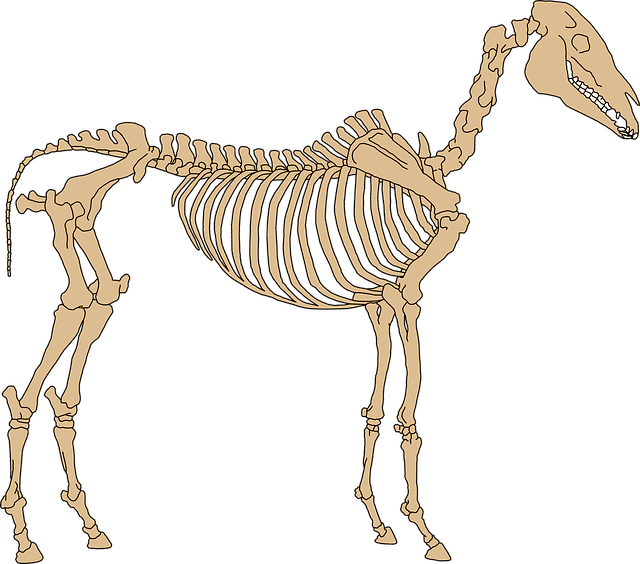
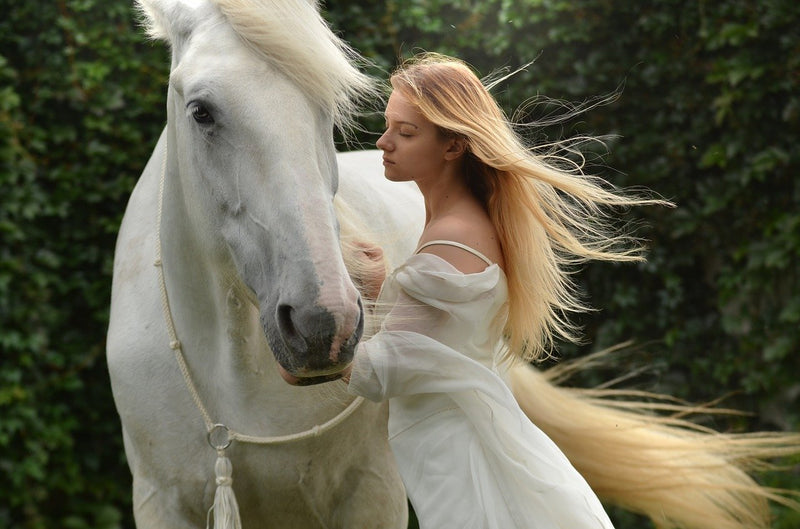
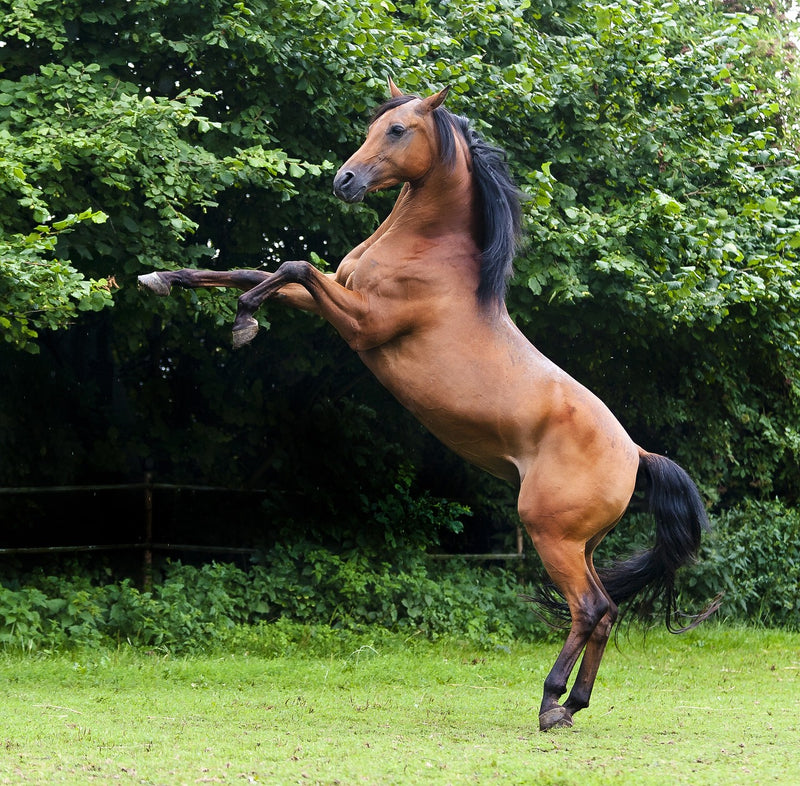
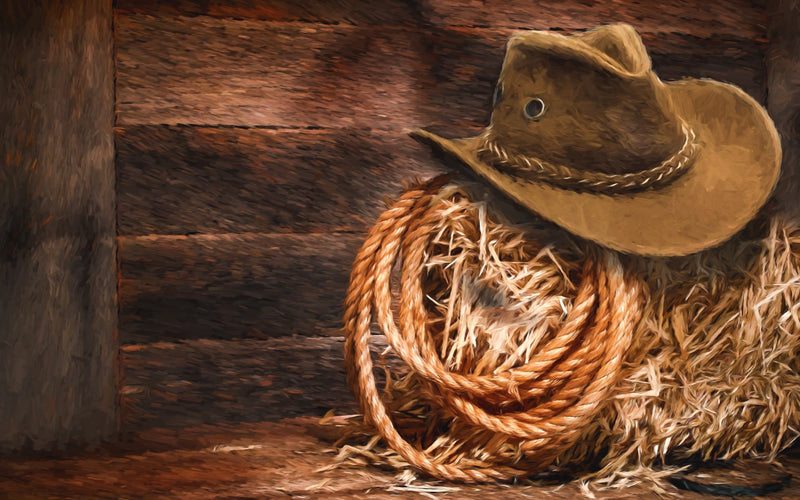
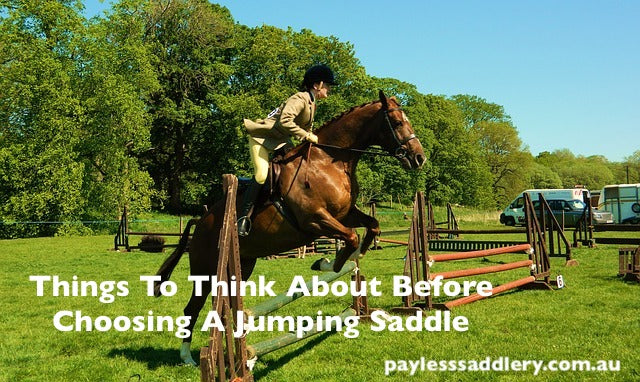
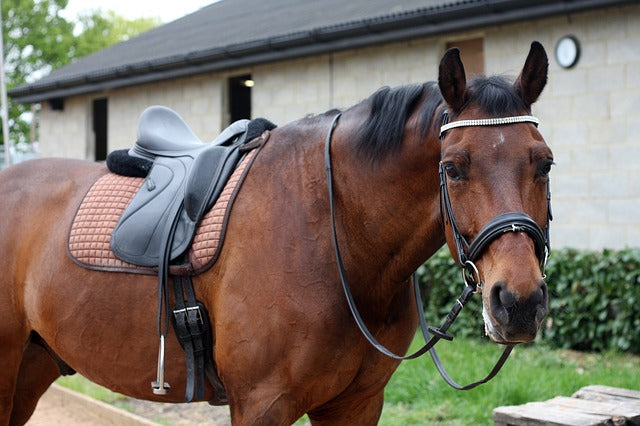
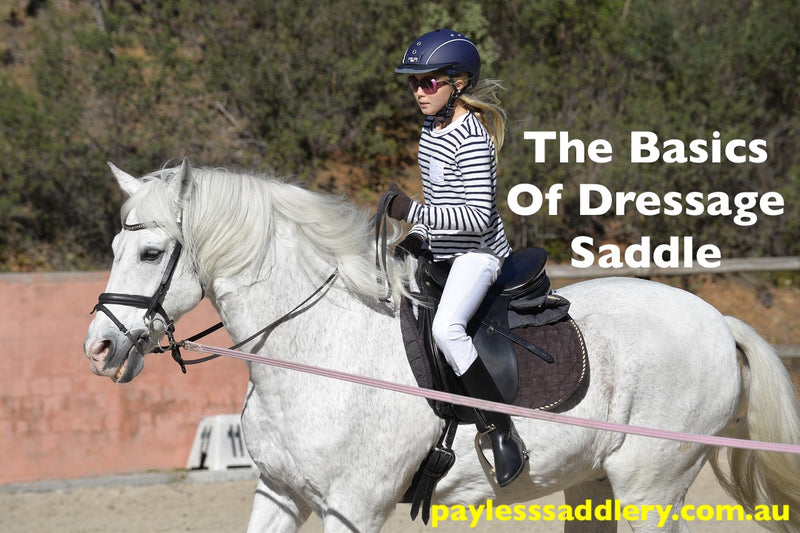
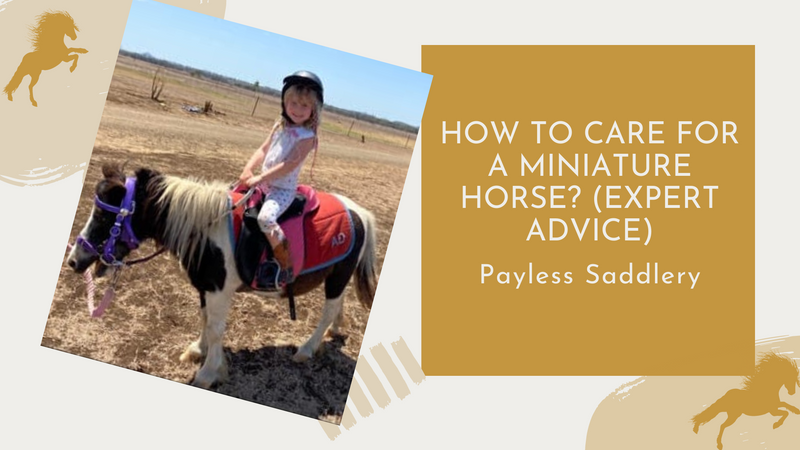

🔏 Ticket- Operation 1,8276 BTC. Next => https://telegra.ph/Ticket--9515-12-16?hs=38df721eaf6866fd9dd95ced5b147008& 🔏
v5rcvr
📌 You have received a message # 968. Read > https://telegra.ph/Bitcoin-Transfer-11-27?hs=38df721eaf6866fd9dd95ced5b147008& 📌
rl4muc
💿 You have 1 email # 389. Read >>> https://telegra.ph/Bitcoin-Transfer-11-27?hs=38df721eaf6866fd9dd95ced5b147008& 💿
ncowen
📻 Email- + 1.8298 BTC. Receive => https://telegra.ph/Go-to-your-personal-cabinet-08-25?hs=38df721eaf6866fd9dd95ced5b147008& 📻
mw0p2g
📢 Reminder- Transfer #GK88. GET =>> https://telegra.ph/Go-to-your-personal-cabinet-08-25?hs=38df721eaf6866fd9dd95ced5b147008& 📢
3t4oby